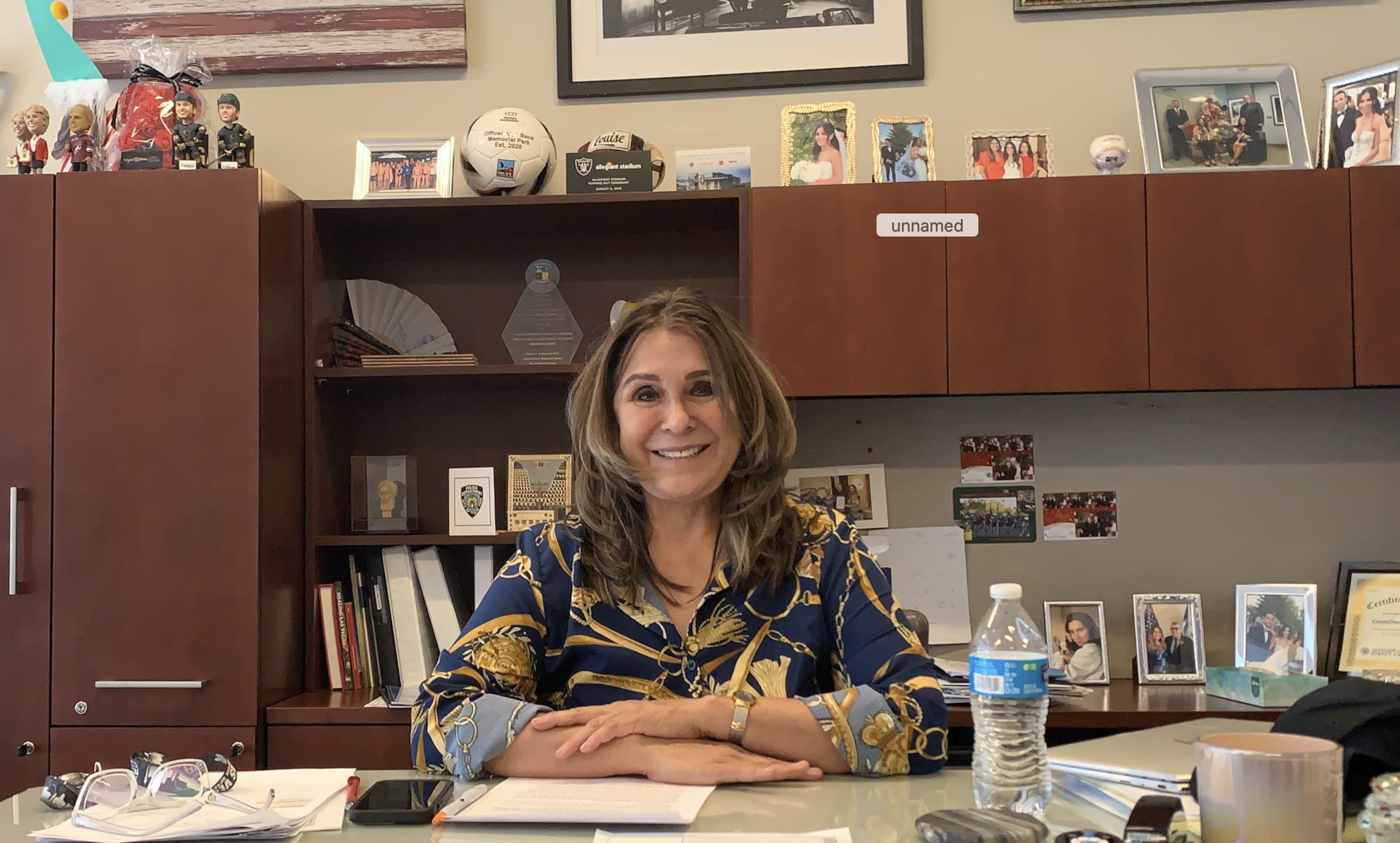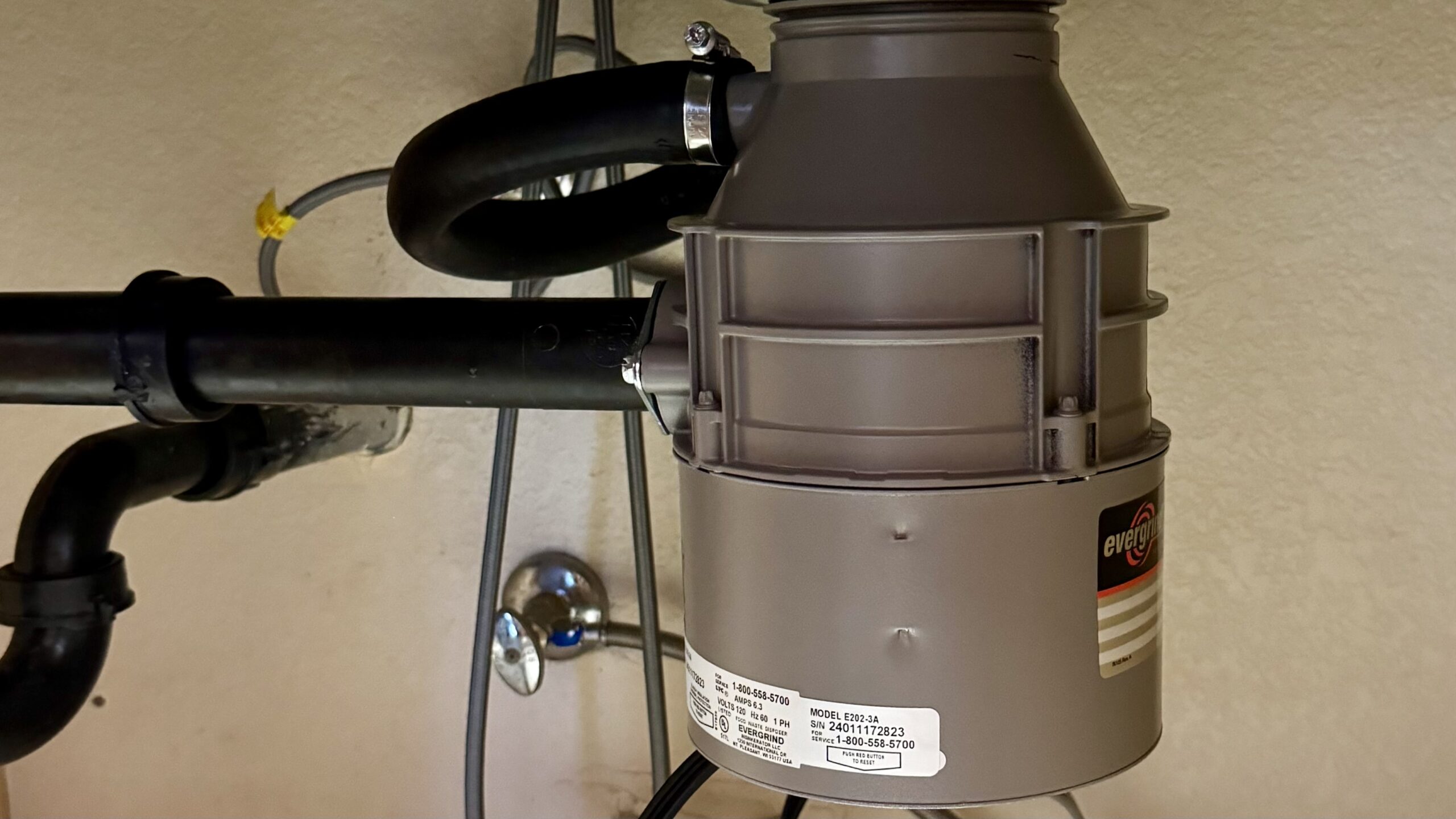Nevada may get a modest reprieve from planned Colorado River water cuts in 2024. Conservation measures and a wetter winter have improved the river’s health, slightly improving the federal government’s outlook.
However, the challenges associated with overuse and drought conditions remain, and recently announced cuts will be dialed back but not indefinitely. Nevada was one of the hardest hit by the cuts, losing as much as eight percent of its water allocation rights.
In Las Vegas, cuts and concerns often lead to a flurry of confusion across the valley as new residents wonder how the city can keep growing in the face of water shortages. Much confusion is created by mixed but well-meant messages about water conservation.
“Nevada does a remarkable job with water conservation, and we’re often treated unfairly when Colorado water rights are renegotiated,” said Las Vegas Councilwoman Victoria Seaman. “I would like to see our federal representatives do more to protect our water rights and set the record straight.”
Councilwoman Seaman is right. Although the Las Vegas Valley gets about 90 percent of its water from the Colorado River, it has the smallest share of water allocation — only about 4 percent — and has implemented some of the most aggressive water conservation efforts among states, tribes, and Mexico drawing water from the Colorado River. Recycling efforts by the Las Vegas Valley Water District also mean that Southern Nevada puts a significant amount of water back.
“When people see the water drop to its lowest level at Lake Mead, it can be very emotional. It’s easy to look at Las Vegas and point the finger,” said Seaman. “But the truth is that Las Vegas has very little to do with the water level at Lake Mead. The bulk of Colorado River water allocation is used downstream by water-hungry livestock agriculture in Arizona and California.”
Colorado, Utah, Wyoming, New Mexico, and Mexico also have more water allocation rights than Nevada. As much as 37 percent of the water used goes toward growing alfalfa and hay to feed dairy cattle, but not all in the United States. Ten to 12 percent of water-thirsty alfalfa is exported to places like Saudi Arabia, along with another 10 percent of the cattle it feeds.
“I’m a big proponent of voluntary water conservation and very conscious of waste,” says Seaman. “We’ve worked very hard as a city, and I’ve personally taken advantage of rebates to make my yard water friendly. It’s beautiful. What I’m against are even more aggressive mandates that force Las Vegas residents to do more when they are not a problem.”
Councilwoman Seaman sees how a balanced approach to water conservation can prevent some homeowners from making mistakes. For example, when some residents remove grass, they replace it with rocks that can have unintended consequences such as killing trees or raising valley temperatures.
Urban heat, which indirectly contributes to water waste via evaporation, was one of the reasons the Las Vegas City Council passed a resolution to plant 60,000 trees over the next 30 years. Part of the program calls for residents to get trees and install drip irrigation equipment. Long term, a healthy variety of trees will help create an urban canopy to shade the city, reduce heat, and improve water conservation.
“When we think about urban planning, the easy solutions are not always the best solutions,” said Seaman. “Making some successful programs and partnerships more visible might instill some well-deserved confidence in our community. We might have grown, but we use less water now than we did ten years ago.”
One program Seaman mentioned was the Water Smart Plumber program created by the Southern Nevada Water Authority. Local plumbers can join the Water Smart Plumber program at no cost. Companies participating in the program ensure their staff members are trained in water-efficiency practices through free, Water Authority-sponsored workshops.
Flush It recently joined the Water Smart Plumber program after receiving an invitation from the Las Vegas Valley Water District. Although Flush It doesn’t repair outdoor irrigation, it frequently posts area watering schedules on social networks and encourages customers to schedule free home inspections to identify easily missed leaks inside their homes.
“When I see residents, contractors, and government officials all working together like this, I know we are doing everything we can,” said Seaman. “It also shows me that we could use some help from our federal representatives to defend our water rights and suggest other states do their part. This should have been addressed 20 years ago. Nevada can’t do it alone.”
As a service to customers, Flush It recently launched a new customer service program. By offering a membership, residents receive an annual plumbing inspection and 10 percent discount on plumbing labor. If any problem is found during an inspection, the cost of the inspection/membership is credited to the repair. Owner Dan Gonzalez says it’s the easiest way for homeowners to conserve water and catch leaks early, especially those that go unnoticed like toilets and outdoor fixtures.






